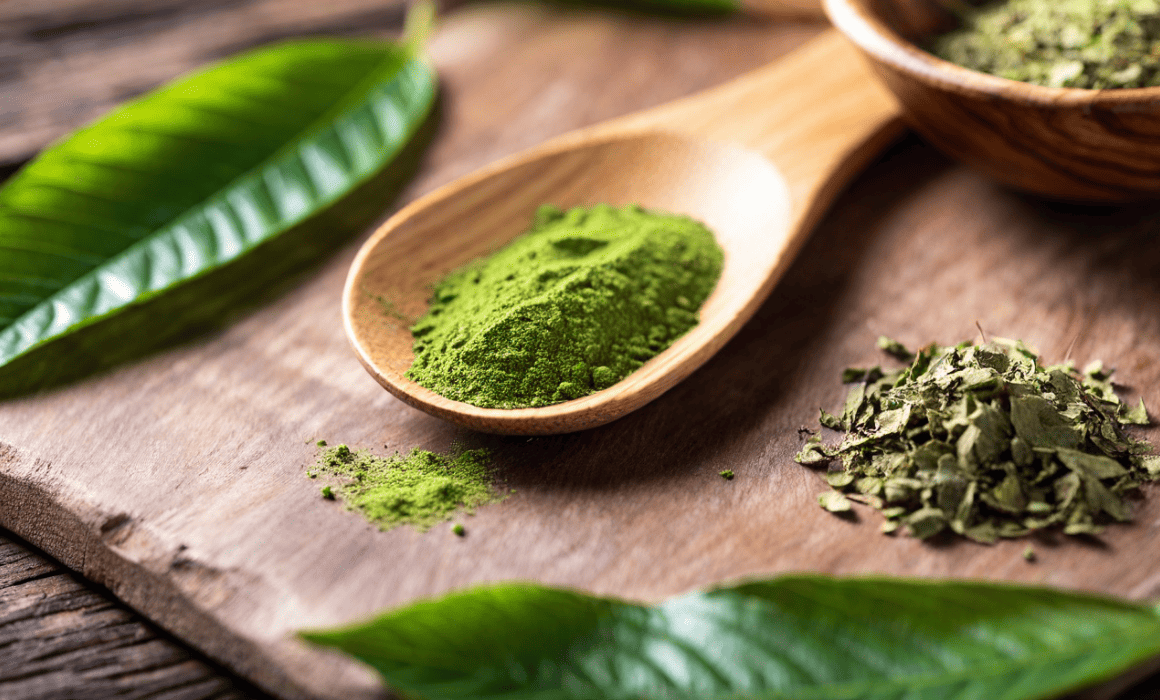Clinical Pharmacokinetic Assessment of Kratom Alkaloids in Healthy Adults
NIH‑Funded Clinical Pharmacokinetic Assessment

NIH‑Funded Clinical Pharmacokinetic Assessment

A single low dose (2 g tea) of a well‑characterised kratom product (K51) was administered to healthy volunteers; plasma and urine levels of mitragynine, 7‑OH and four additional alkaloids were quantified via LC–MS/MS. Data provide vital parameters (Tmax, t½, clearance) to inform safety and dosage recommendations. (pmc.ncbi.nlm.nih.gov)
Kratom’s alkaloids, notably mitragynine and 7‑OH, possess opioid‑like effects. Despite widespread use, human pharmacokinetic profiles remain underexplored. Robust kinetic data are essential to guide clinical development and risk assessment.
Ten healthy adults (n=5 completed) consumed 2 g K51 tea. Plasma and urine samples were collected up to 24 h. Alkaloids were quantified using a validated UPLC–MS/MS assay (LLOQ 0.5 ng/mL). Noncompartmental analysis determined Cₘₐₓ, Tₘₐₓ, t½, AUC and clearance. (pmc.ncbi.nlm.nih.gov)
The prolonged half-life of mitragynine contrasts with shorter 7‑OH elimination, highlighting differential metabolic handling. Biphasic kinetics suggest tissue redistribution. These findings underpin dosing regimens and safety margins.
This first comprehensive human pharmacokinetic study of kratom alkaloids establishes baseline PK parameters and supports future clinical investigations into efficacy and safety.
Tanna RS, Nguyen JT, Hadi DL, et al. Clinical Pharmacokinetic Assessment of Kratom (Mitragyna speciosa), a Botanical Product with Opioid-like Effects, in Healthy Adult Participants. Pharmaceutics. 2022;14(3):620. (pmc.ncbi.nlm.nih.gov)
Your cart
Your cart is empty
Recently viewed products